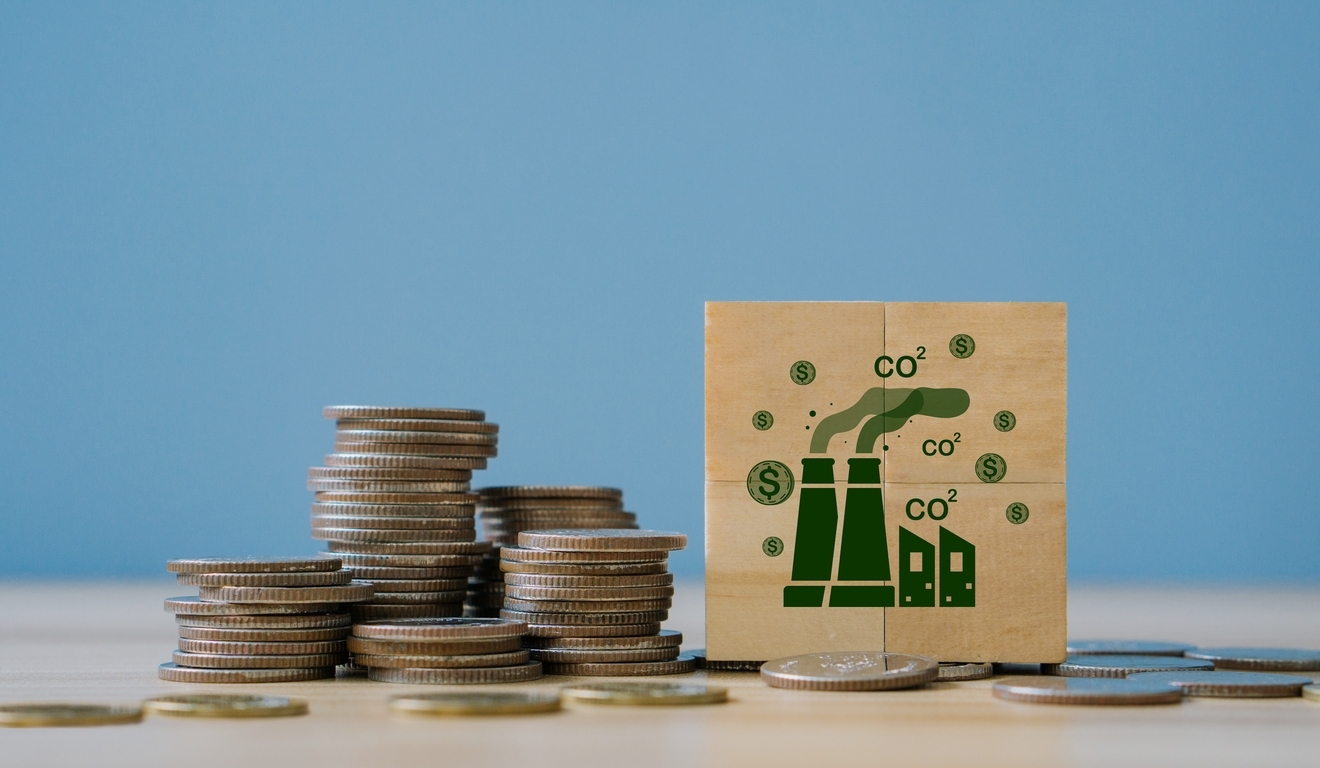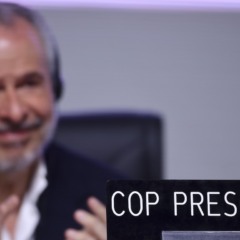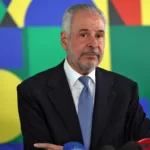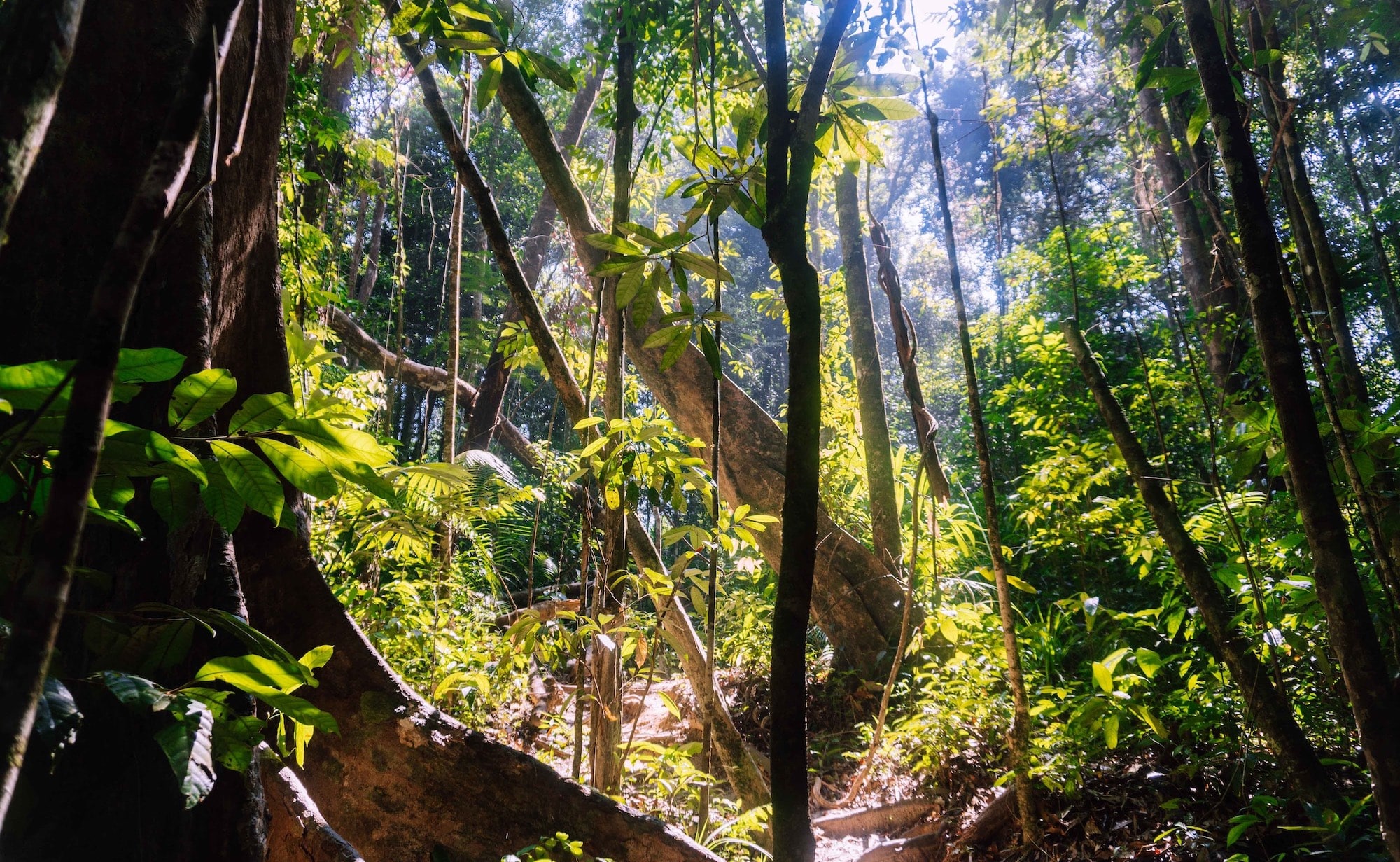
From safeguarding one of the planet’s most important climate assets, the Amazon, to building its first national carbon market, Brazil is shaping what the next phase of global climate leadership will look like.
Already one of the largest suppliers of carbon credits through the global voluntary market, Brazil is now positioned to use its new Brazilian Emissions Trading System (SBCE) to drive decarbonization across key sectors while channeling finance into natural climate solutions.
With more than 75% of Brazil’s emissions coming from just a handful of sectors — land use, agriculture and industry — the potential for impact is enormous. This is because the SBCE will directly enforce industry emissions while leaving an open door for use of assets from approved carbon accounting methodologies to balance out remaining emissions.
Through these methodologies, Brazil is already taking advantage of its largest climate mitigation opportunity, the country’s natural ecosystems, particularly its forests. One of the most effective ways to keep these forests standing is through REDD projects: Reducing Emissions from Deforestation and Forest Degradation.
In Brazil, as elsewhere, forests face constant pressure from activities like illegal deforestation, mining, competing agricultural activities, and infrastructure expansion.
These activities often promise higher immediate profits than conservation approaches.
But REDD flips the economic equation: instead of deforestation being the more profitable choice, it assigns economic value to keeping forests intact.
There are currently 120 REDD+ projects actively certified by Verra under its Verified Carbon Standard (VCS) Program; one in five of these projects are in Brazil.
Brazilian projects are playing a pivotal role in implementing the most advanced REDD methodologies available, including Verra’s new REDD methodology, VM0048.
This methodology represents a significant leap forward in consistency, transparency, and scientific rigor. It replaces the previous project-by-project baseline setting approach with jurisdiction-wide deforestation risk mapping led by Verra, in close collaboration with independent data providers.
The process is highly technical, and necessarily so.
Historical deforestation data from the past decade is combined with forest cover benchmark maps, spatial predictors, and advanced modeling to forecast deforestation risk for the coming six years.
This information is then translated into jurisdictional risk maps, which allocate predicted deforestation across the landscape based on where it is most likely to occur. Project developers can then use these maps, along with project-specific data, to set credible baselines and calculate potential emissions reductions.
Brazil is one of the first countries to have access to this new data, with final risk maps available for two key Brazilian states: Pará andMato Grosso. Provisional data is available for the states of Amazonas, Rondônia, and Acre.
While the country is positioned to keep leading in REDD, there is also opportunity in implementing more efficient and climate-smart agricultural practices on the millions of hectares of degraded areas, namely through the development of Afforestation, Reforestation and Revegetation (ARR) and Agricultural Land Management (ALM) projects.
ARR projects are most suitable if an area has been deforested and has not naturally regenerated during the previous ten years.
As stated in Brazil’s National Plan for Recuperating Native Vegetation (PLANAVEG), that equates to about 12 million hectares of land which need restoring.
One of the key voices during the debate around Brazil’s upcoming emissions tradig system has been the agricultural sector, which has great potential to generate carbon credits.
Verra’s improved agricultural land management methodology, VM0042, is well-positioned to enable this sector to do so, particularly as the country’s compliance market develops.
Finally, while much of the attention rightly focuses on Brazil’s land use dynamics, the country also has a strong untapped potential for renewable energy development. Following Verra’s public consultation on expanding the geographical scope of its grid-connected renewable energy methodology, Brazilian stakeholders made their position clear: they want Brazil to be eligible to use this methodology for developing projects in their country and scale up the generation of electricity from renewable energy sources.
All these points demonstrate a clear desire for carbon projects in Brazil to play a critical role in the fight against climate change.
If Brazil succeeds in integrating a high-integrity ETS with scientifically rigorous REDD, ARR and ALM projects and other approaches, it will demonstrate that the carbon market can be a cornerstone of global decarbonization.
That would be a win for Brazil, and a win for the planet.
And the future of our climate may well depend on it.
* Mandy Rambharos is CEO of Verra





